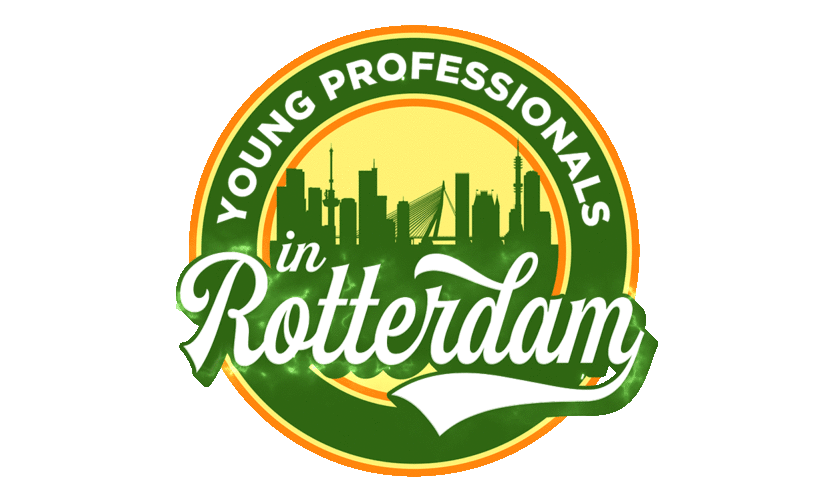When setting up a business in the Netherlands, two of the most commonly used business structures are the sole proprietorship (eenmanszaak) and the private limited company (B.V.). Both offer distinct advantages and come with important legal differences related to liability, taxes, and administrative obligations.
Legal Entity and Liability
A sole proprietorship is the simplest business structure, often chosen by small business owners or freelancers. However, it does not have separate legal entity status, meaning the owner is personally liable for all debts and obligations. Debts can lead to personal assets, such as savings or property, being used to cover business liabilities. This makes it a higher-risk option for entrepreneurs operating in sectors with higher liabilities.
Example: If you run up debts with a sole proprietorship and a creditor takes you to court to force payment of a bill, and the court rules in favor of the creditor, a bailiff can seize your personal assets. If a creditor successfully files for your business’s bankruptcy due to unpaid debts, it will automatically lead to your personal bankruptcy.
In contrast, a B.V. is an independent legal entity, which means the company itself is responsible for its obligations.The director's liability is typically limited to their invested capital, safeguarding their personal assets. This separation makes the B.V. a more attractive option for businesses with higher financial risks or the potential for external investments.

Formation, Continuity, and Investment Opportunities
A sole proprietorship is quick, simple, and inexpensive to set up, typically requiring just a registration with the Chamber of Commerce. However, the business is tied to the owner, which means it is difficult to transfer and may cease operations if the owner can no longer run it.
Setting up a B.V. is more complex and costly, requiring notarial involvement and the creation of formal statutes. However, the B.V.’s status as a separate legal entity ensures continuity, as shares can be sold or transferred to other parties. This also makes a B.V. more attractive to external investors, as shares can be issued to raise capital, making it suitable for businesses that aim to grow or scale.
Conclusion
The sole proprietorship and the B.V. are the most widely used business structures in the Netherlands, each serving different types of entrepreneurs. A sole proprietorship is ideal for small, low-risk businesses due to its simplicity and low administrative burden. However, a B.V. offers more protection against personal liability and better opportunities for growth and investment, making it more suitable for larger or riskier ventures. Entrepreneurs should carefully consider their business goals, risk tolerance, and financial outlook when choosing between these two structures, and seek professional advice where necessary.

Comments